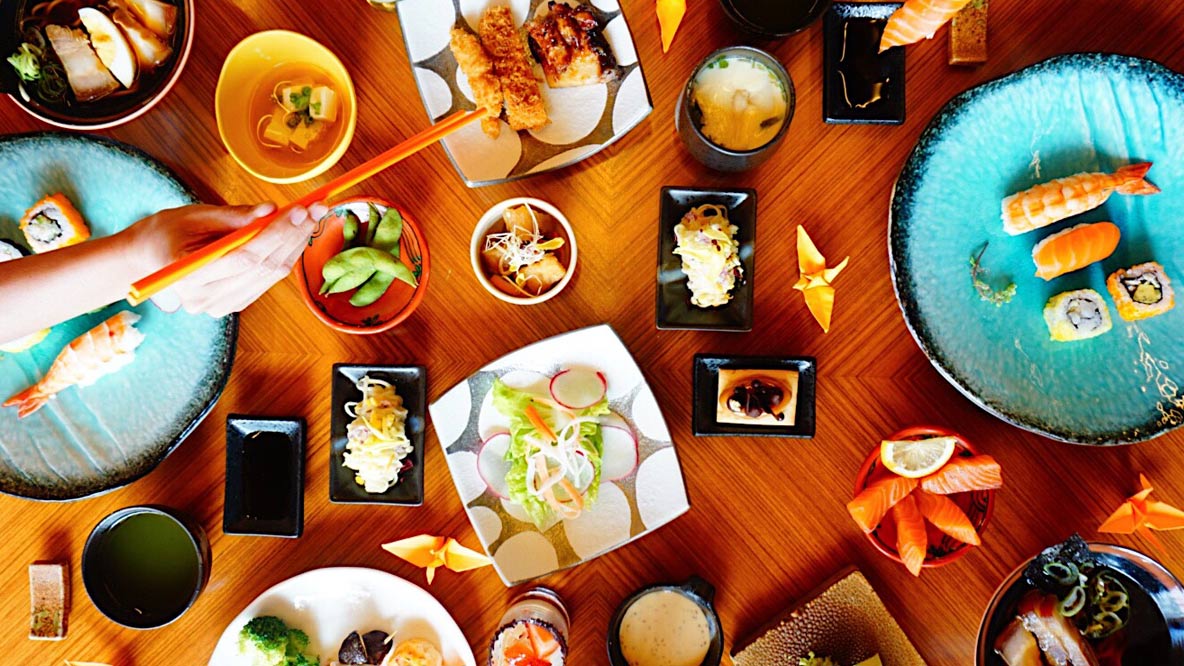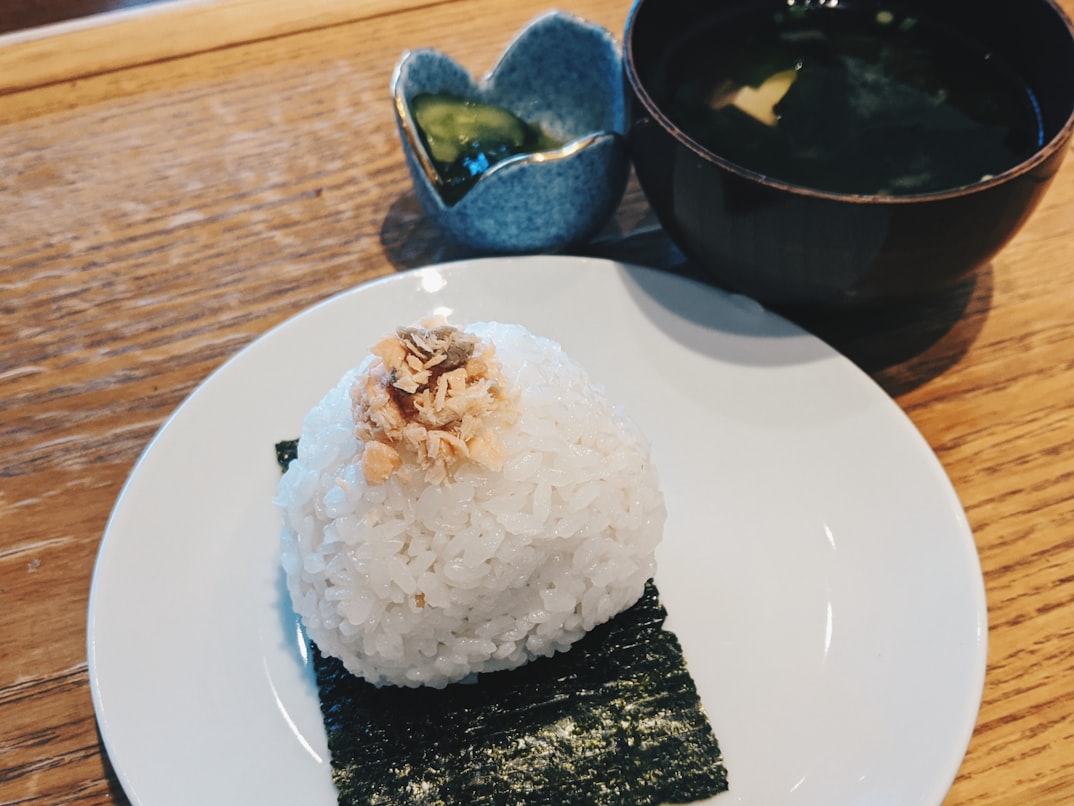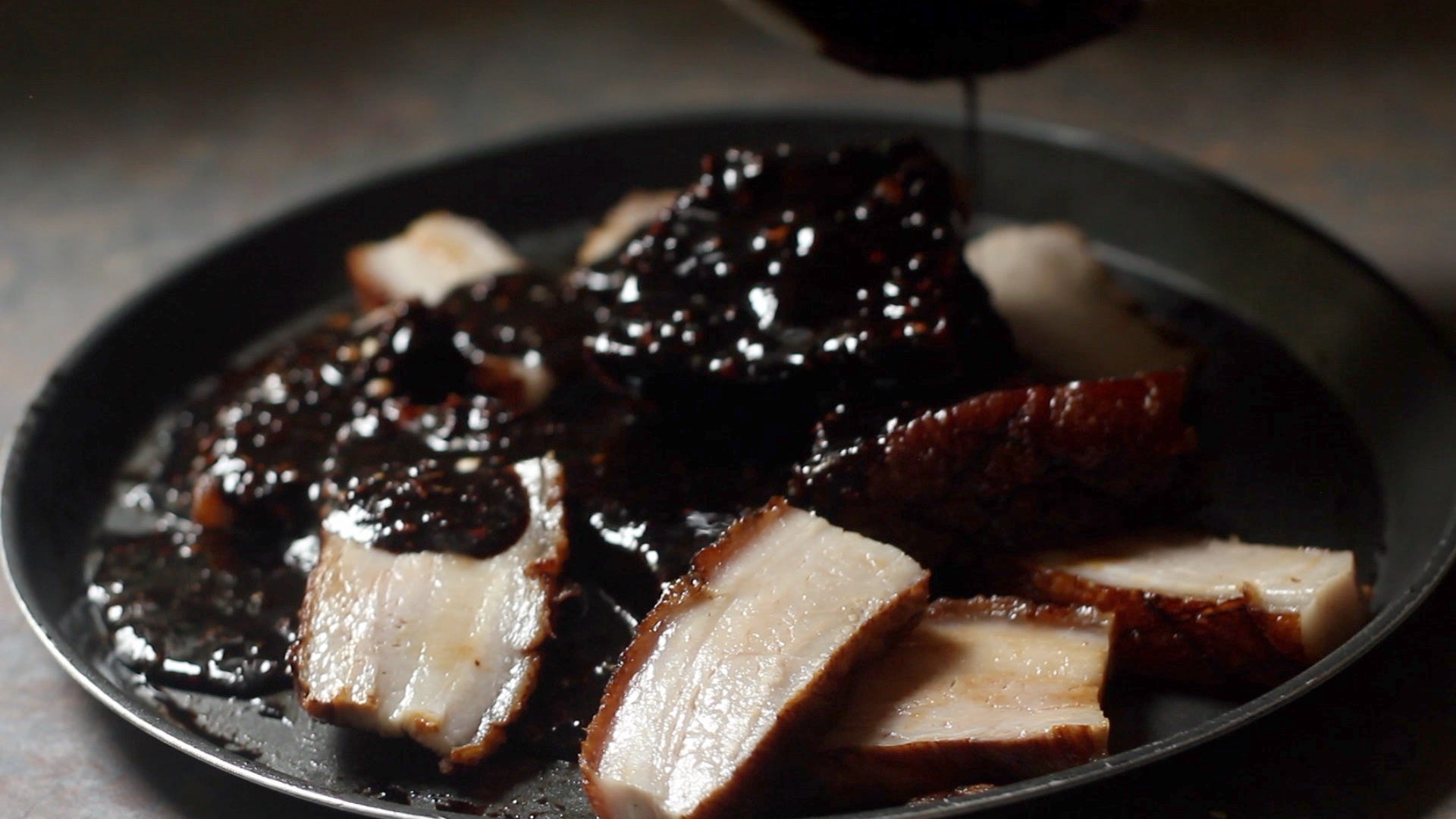Explore the world of Mentaiko, a delightful Japanese delicacy that has captivated food enthusiasts with its bold flavors and unique texture. Hailing from Fukuoka, Mentaiko, or spicy cod roe, has transcended regional boundaries to become a beloved ingredient featured in a variety of dishes. Join us on a culinary journey as we delve into the origins, cultural significance, and the evolving food trend surrounding Mentaiko Marvels.
Origins of Mentaiko
Fukuoka’s Culinary Gem
Mentaiko originated in Fukuoka, a city known for its vibrant food culture and as the birthplace of this spicy cod roe sensation. The story goes that Mentaiko was first created by a Korean-born fisherman in the 20th century who experimented with marinating cod roe in a spicy mixture. Over time, the dish gained popularity locally and eventually spread throughout Japan.
Fermentation Magic
The preparation of Mentaiko involves the fermentation of cod roe. The roe is extracted from the fish and then cured with a blend of chili peppers, salt, and sometimes other seasonings. The fermentation process contributes to the development of Mentaiko’s distinctive umami-rich flavor and slightly granular texture.
Cultural Significance of Mentaiko
Regional Specialty
Fukuoka takes immense pride in being the hometown of Mentaiko, and the dish holds significant cultural importance in the region. It is often regarded as a symbol of local culinary identity, with Fukuoka residents showcasing their creativity by incorporating Mentaiko into various traditional and modern recipes.
Versatility in Japanese Cuisine
Mentaiko’s versatility has allowed it to transcend regional borders and become a staple ingredient in Japanese cuisine at large. From sushi rolls to pasta dishes and even as a topping for rice, Mentaiko adds a burst of flavor that appeals to those with a penchant for spicy and savory tastes.
Food Trend: Mentaiko Innovations
While Mentaiko has a strong foundation in traditional Japanese cuisine, contemporary chefs and food enthusiasts are exploring innovative ways to showcase the spicy cod roe, giving rise to a Mentaiko trend that goes beyond conventional boundaries.
Fusion Cuisine Delights
One notable trend in Mentaiko innovation is its integration into fusion cuisine. Chefs are experimenting with Mentaiko-infused dishes that marry Japanese flavors with those from other culinary traditions. From Mentaiko-topped pizzas to Mentaiko-infused pastas, the spicy cod roe adds a distinctive twist to global dishes.
Mentaiko Snacks and Appetizers
Mentaiko’s intense flavor profile makes it an ideal candidate for snacks and appetizers. Mentaiko-flavored potato chips, crackers, and even Mentaiko-filled onigiri (rice balls) have become popular snack options, offering a convenient and flavorful way to enjoy this Japanese delicacy on the go.
Mentaiko-Inspired Condiments
Another intriguing trend is the creation of Mentaiko-inspired condiments. Mentaiko-flavored mayonnaise and spreads allow consumers to incorporate the bold taste of Mentaiko into a variety of dishes. These condiments have become pantry staples for those looking to elevate the flavor of their meals with a touch of Mentaiko.
Where to Experience Mentaiko Marvels
For those eager to explore the wonders of Mentaiko and indulge in the evolving trends, various culinary destinations offer opportunities to experience this spicy cod roe sensation.
Fukuoka’s Local Eateries
For an authentic Mentaiko experience, Fukuoka’s local eateries and izakayas (Japanese pubs) are the go-to destinations. Here, you can savor traditional Mentaiko dishes prepared with expertise and served in a cozy, local atmosphere.
Sushi Bars
Sushi bars across Japan and internationally often feature Mentaiko as a topping for nigiri or as an ingredient in specialty rolls. Mentaiko’s bold flavor complements the subtle taste of sushi rice and fresh fish, creating a harmonious balance of textures and tastes.
Mentaiko-Themed Restaurants
In response to the growing popularity of Mentaiko, themed restaurants dedicated to this spicy cod roe have emerged. These establishments curate menus that showcase Mentaiko in various forms, allowing diners to explore the versatility of this unique ingredient.
Embracing Mentaiko Marvels: A Spicy Cod Roe Adventure
In conclusion, Mentaiko Marvels invite us to embark on a spicy cod roe adventure that celebrates the bold and distinctive flavors of this Japanese delicacy. Whether savoring traditional Mentaiko dishes in Fukuoka, exploring fusion creations, or enjoying Mentaiko-inspired snacks, each bite is an exploration of the evolving trends that make Mentaiko a beloved and dynamic culinary marvel. So, let Mentaiko be your guide into the heart of Japanese culinary traditions, where innovation meets tradition, and each taste is a spicy journey into the world of this remarkable delicacy.…




